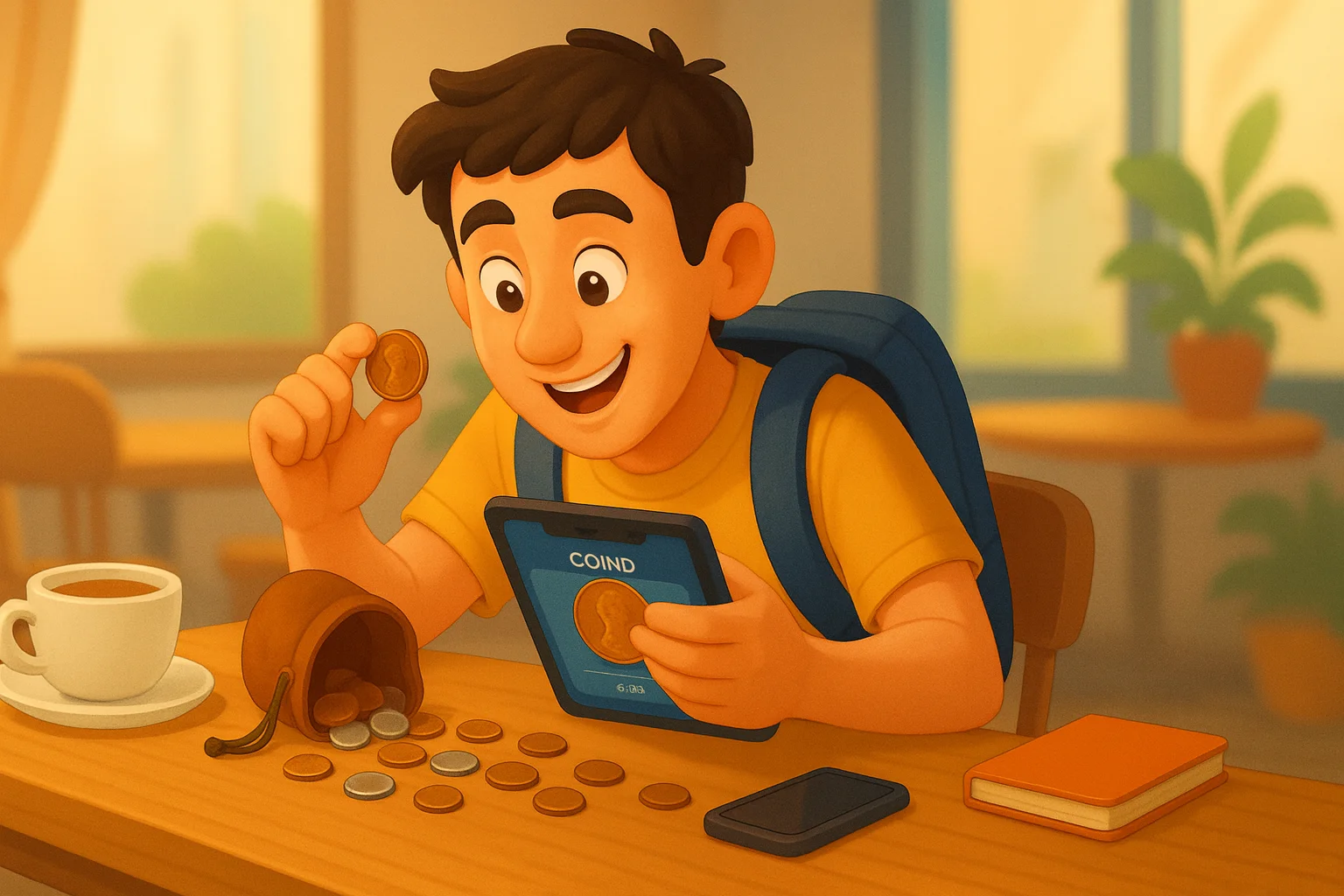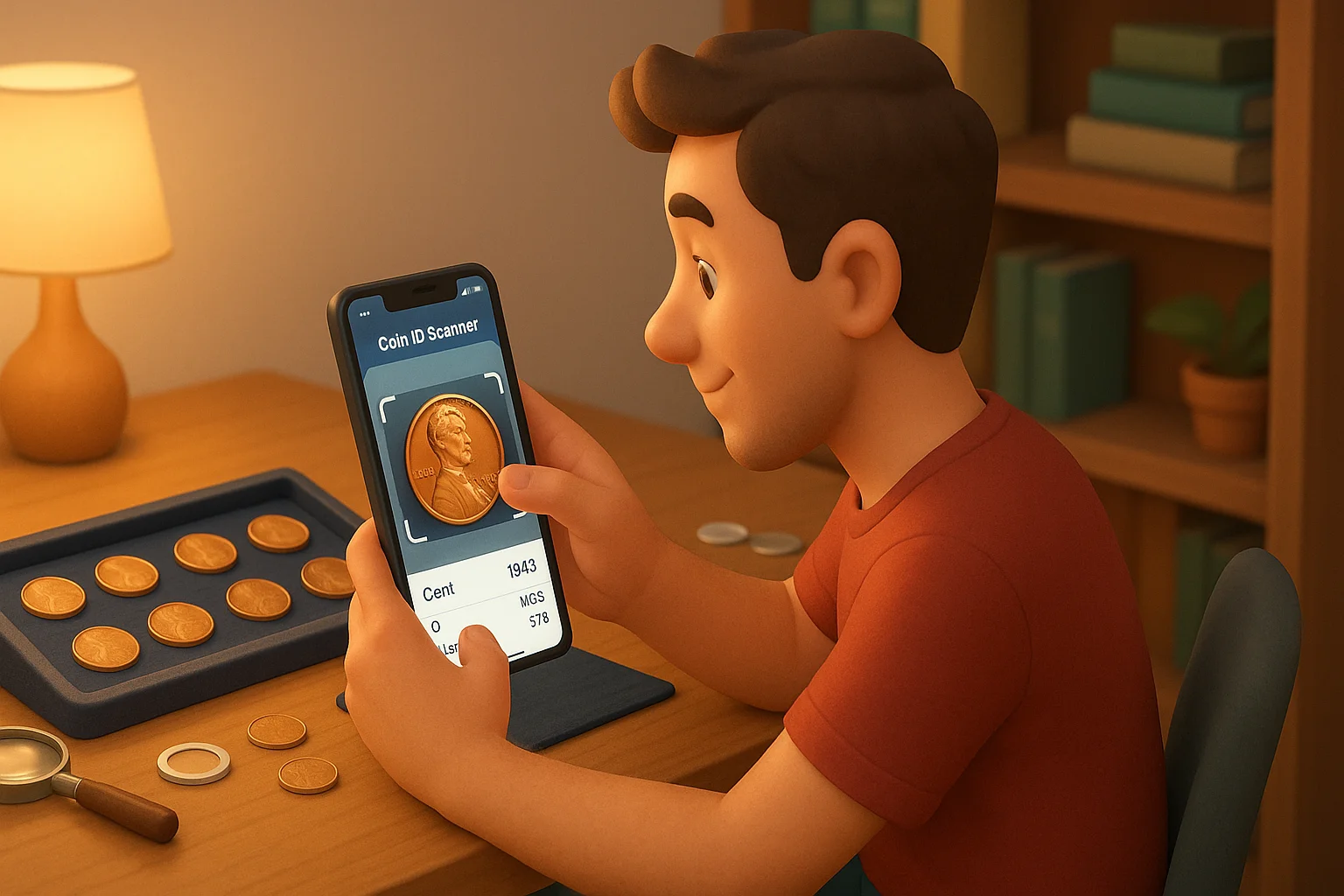Just Old or Treasure: How Do You Recognize Coin’s Value?
Coins have a way of sparking curiosity. Some look ancient yet hold little more than sentimental worth, while others—sometimes overlooked in jars or collections—turn out to be treasures. The difference between “just old” and “genuinely valuable” often lies in details invisible to the casual observer. For collectors, hobbyists, or travelers who stumble upon unusual coins, knowing how to recognize true 1944 steel wheat penny value is essential.
Proper evaluation requires more than guessing based on age. It involves understanding a combination of factors such as rarity, design variations, condition, and historical importance. By learning these principles, anyone can avoid costly mistakes and uncover hidden gems worth collecting or investing in.

Rarity and Mintage Figures
The first step in recognizing value is considering rarity. A coin’s scarcity is often tied to its mintage numbers—the total quantity produced in a specific year, mint, or variation.
Low Mintage Coins: Coins struck in limited quantities, such as special editions or coins from wartime shortages, generally carry higher premiums.
Unexpected Survivors: Even coins with large mintage numbers may become rare if few survive in good condition today.
Error Coins: Production mistakes, like misstruck or off-metal coins, drastically lower supply and raise demand.
Example: A 1943 copper Lincoln cent, produced by accident during steel penny production, has sold for over $100,000 at auction due to its extreme rarity.
Design Variations and Mint Errors
Not all valuable coins are rare due to low numbers. Sometimes it’s about what went wrong—or uniquely right—at the mint.
Doubled Dies: When the die that stamps the coin strikes twice slightly off-center, the design elements appear doubled. Collectors prize these for their distinctiveness.
Off-Center Strikes: Coins misaligned during production can show designs that are only partially visible. The more dramatic, the higher the value.
Planchet Errors: When a coin is struck on the wrong type of blank, it becomes a unique variety.
These mistakes transform ordinary coins into conversation pieces that can command strong premiums on the collector market.
Condition and Grading
Even the rarest coin loses value if it is badly worn or damaged. Condition, formally known as grade, plays a critical role in determining price.
Circulated Coins: Show obvious wear, flattening of design elements, and may only be worth face value plus a small premium.
Extremely Fine (XF40): Coins with light wear but strong details begin to attract collector interest.
Uncirculated (MS60+): Coins with no wear, sharp details, and original luster often command significantly higher values.
Proof Coins: Specially struck for collectors with polished dies, these coins shine with sharp detail and are typically more valuable.
Professional grading services such as PCGS or NGC provide authentication and certification. Their seal of approval not only confirms condition but also enhances marketability.
Historical and Regional Significance
Coins are more than small metal disks; they are miniature history books. The period and region of issue often affect their desirability.
Historical Events: Coins struck during wartime, economic depressions, or political transitions often carry special value. For instance, the 1943 steel penny reflects America’s resource shifts during World War II.
Regional Minting: Some coins were struck at smaller or temporary mints, producing fewer examples that remain highly sought after.
Commemorative Issues: Special releases tied to significant anniversaries or cultural events can maintain strong demand long after their issue.
Understanding this context transforms a simple coin into a tangible piece of history, giving it value beyond face or metal worth.
Metal Content and Composition
While some coins derive value from their precious metal content, numismatic worth often surpasses melt value. Still, understanding composition is essential for recognizing value and spotting counterfeits.
Gold and Silver Coins: Their intrinsic metal worth provides a strong baseline value, even if the numismatic premium is modest.
Base-Metal Coins: Copper, nickel, or steel coins can be far more valuable than their metal price if they carry rarity or historical importance.
Counterfeit Detection: Knowing weight, diameter, and composition helps verify authenticity. A penny made of steel in 1943 is normal—but if one is copper, it’s a rare error worth thousands.
Tip: Always weigh and measure coins against official specifications. Small deviations can reveal counterfeits or rare minting anomalies.

Harnessing Technology: The Coin ID Scanner App
In today’s collecting world, technology bridges the gap between curiosity and confidence. The Coin ID Scanner app, available on Android and iOS in a freemium model, is designed to make coin identification and valuation simpler for hobbyists, travelers, and serious collectors alike.
Key Features at a Glance:
Photo Identification: Take or upload a coin photo and instantly receive a detailed profile including mint year, country, type, composition, diameter, weight, edge, and estimated value.
Collection Management: Build and organize digital albums to track your coins, duplicates, and upgrades.
Extensive Database: Access details on over 187,000 coins worldwide, from ancient to modern issues.
Smart Filters & AI Coin Helper: Premium users gain advanced search filters and quick expert-level assistance for identifying rare varieties or errors.
By combining detailed data with AI support, the app reduces the risks of misidentification and helps uncover coins that might otherwise be overlooked.
Practical Tips for Recognizing and Valuing Coins
Even with knowledge of rarity, condition, and history, a structured approach makes evaluating coins far more reliable.
1. Research the Basics
Record the date, mint mark, and type of each coin.
Compare with trusted numismatic references and auction catalogs.
2. Examine Closely
Look for wear, scratches, cleaning marks, or damage.
Check for mint errors like doubling, misstrikes, or unusual coloration.
3. Seek Grading and Authentication
Professional services like PCGS or NGC offer certification.
Grading not only confirms authenticity but also increases buyer confidence.
4. Use Technology Wisely
The Coin ID Scanner app provides instant photo-based identification, helping to confirm specifications and estimated values.
Its digital albums make it easier to keep track of coins and upgrades over time.
5. Preserve for the Future
Store coins in acid-free holders or albums to prevent deterioration.
Keep them in stable environments—dry, cool, and away from direct sunlight.
6. Monitor the Market
Auction houses, online platforms, and coin shows reflect real-time trends.
Tracking prices helps you decide when to buy, sell, or hold.
From Curiosity to Confidence
Determining whether a coin is just old or a genuine treasure requires attention to detail, careful study, and reliable tools. Factors such as rarity, condition, mint errors, and historical significance all shape a coin’s true value. A coin that looks ordinary at first glance may in fact carry a rich story and a surprising price tag.
Modern collectors no longer need to rely solely on guesswork. With apps like Coin ID Scanner, hobbyists and professionals alike gain instant access to detailed coin data, error detection support, and digital organization. This combination of traditional knowledge and modern technology ensures no valuable piece slips through unnoticed.
So, the next time you come across a coin tucked away in a drawer or jar, don’t dismiss it too quickly. It might not only be old—it could be a treasure worth keeping, studying, or even selling at a premium.
